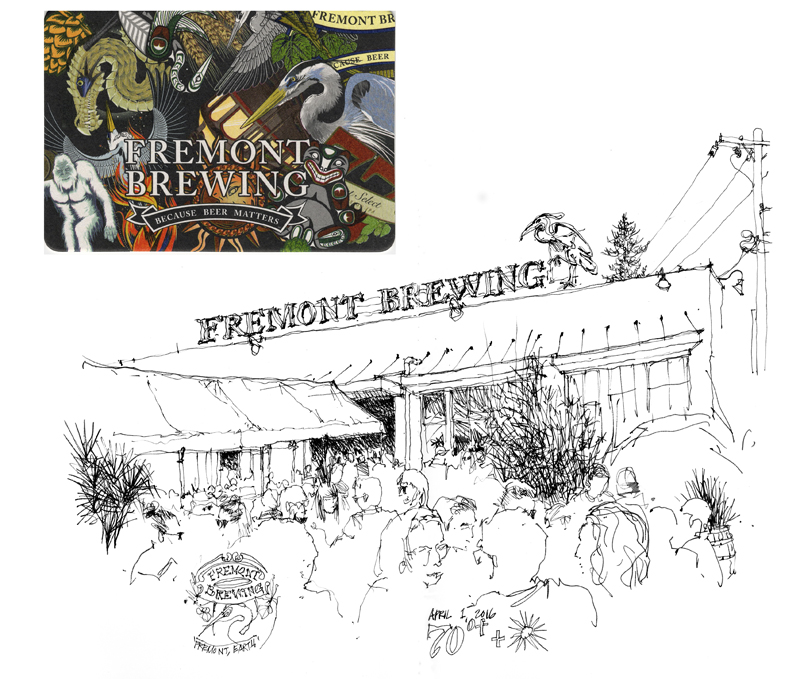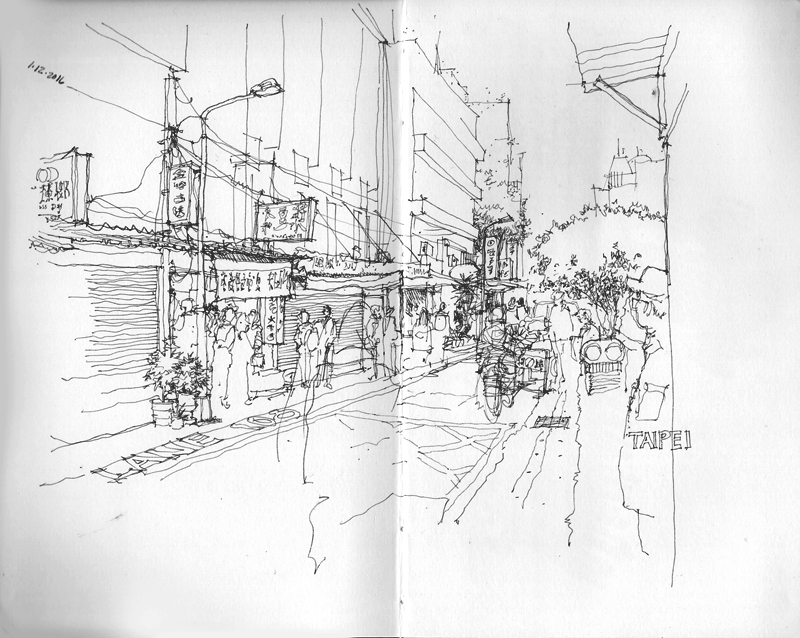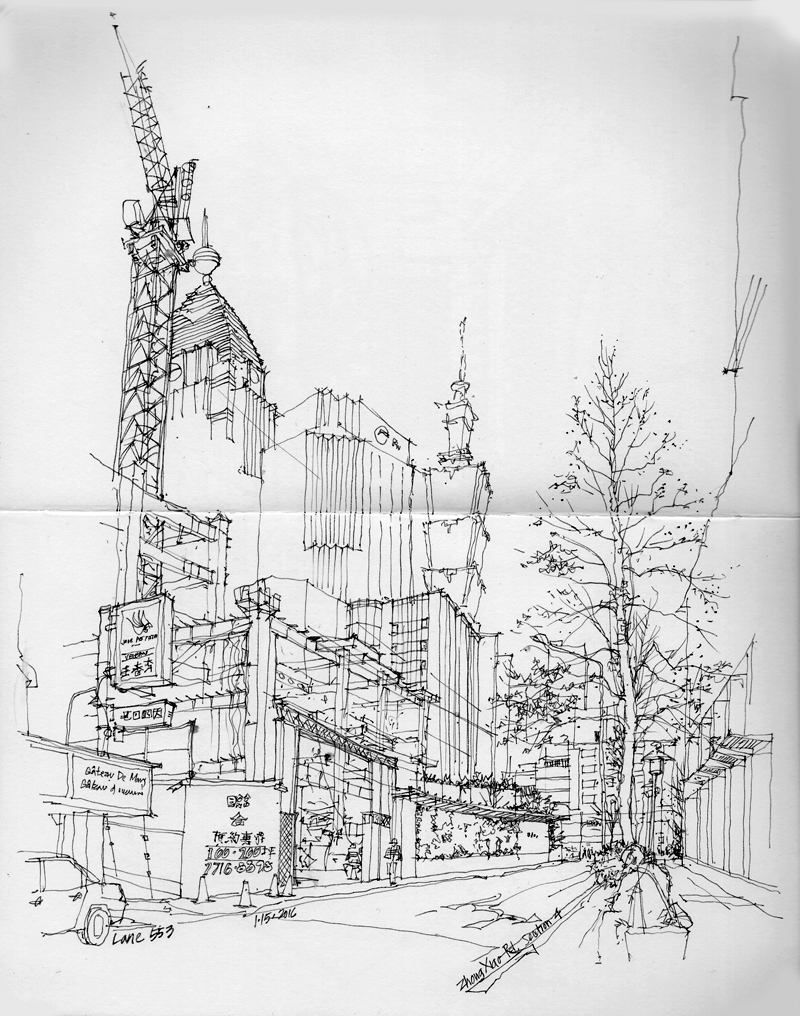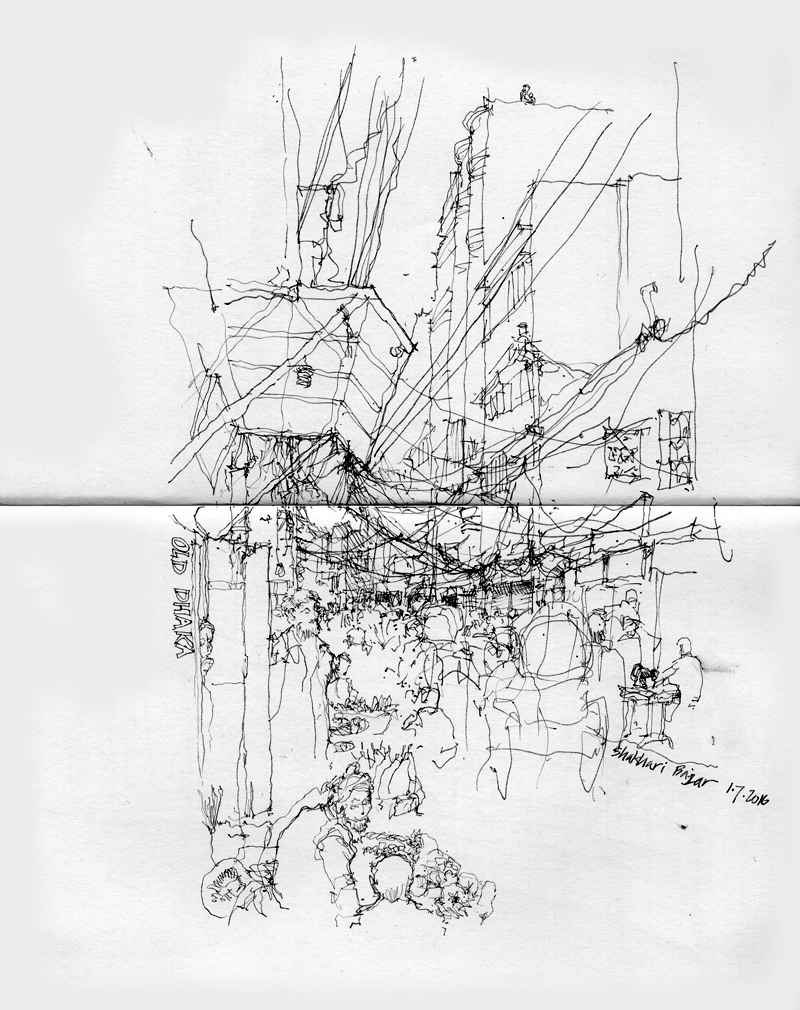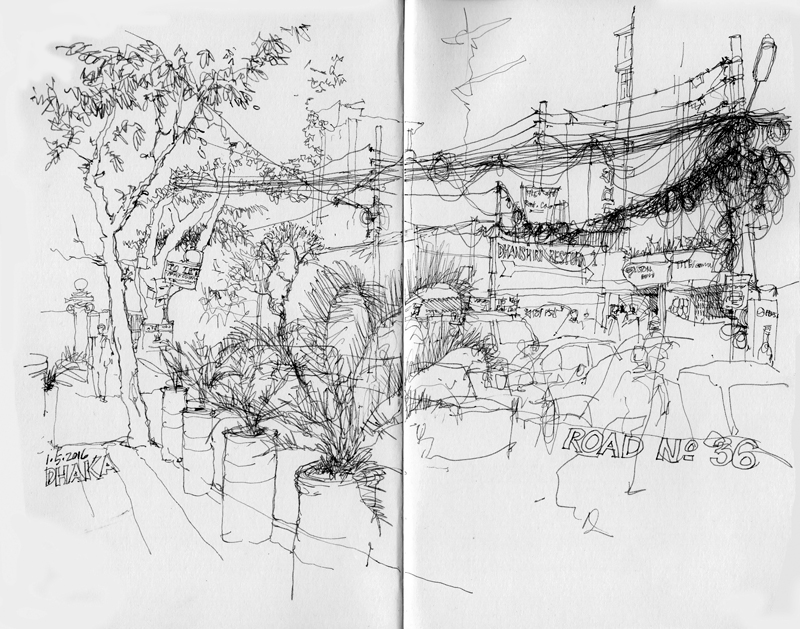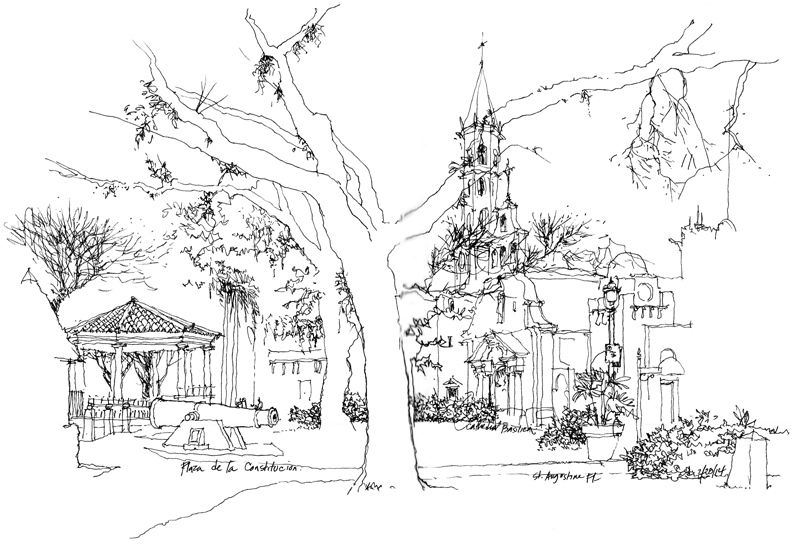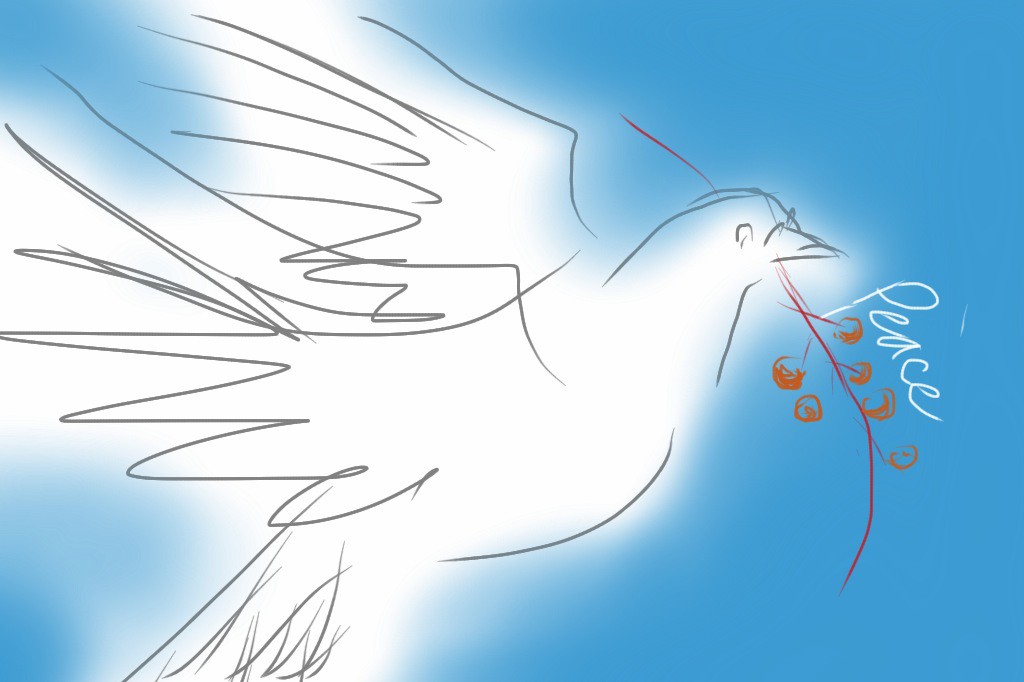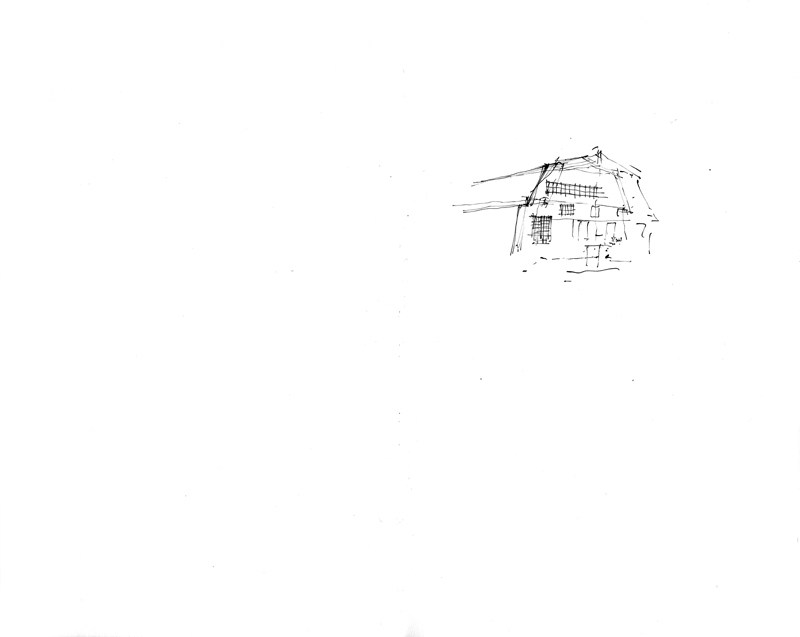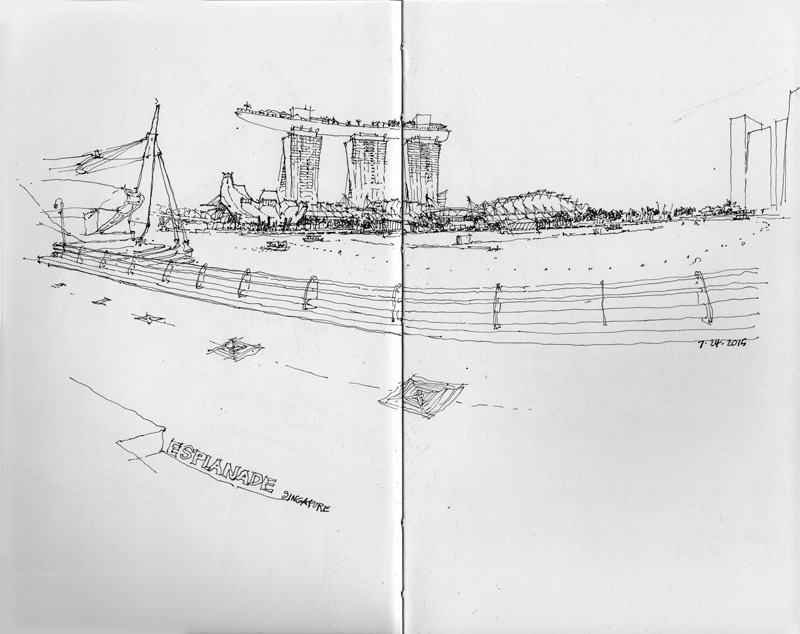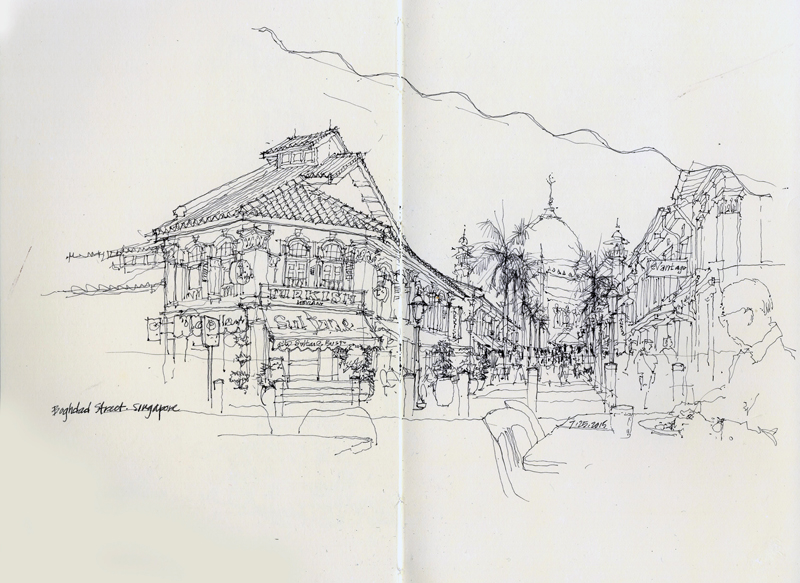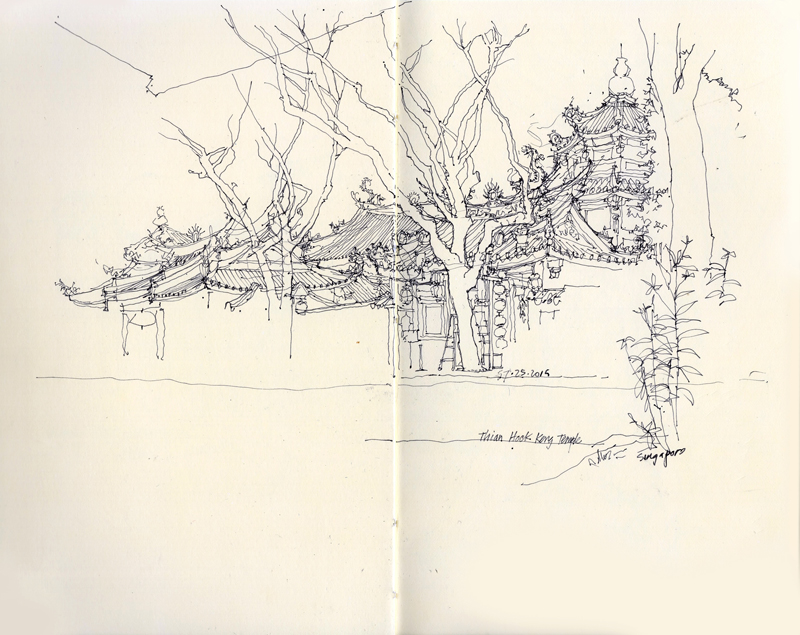Fremont Brewing: “We are a family-owned craft brewery founded in 2009 to brew artisan beers made with the best local ingredients we can find … Because Beer Matters!” This post is to celebrate the first day of their refreshingly good Summer Ale being available. Their urban beer garden is packed, especially because it’s sunny and 70°F on April 1st.
Category Archives: Culture
Happy Chinese New Year!
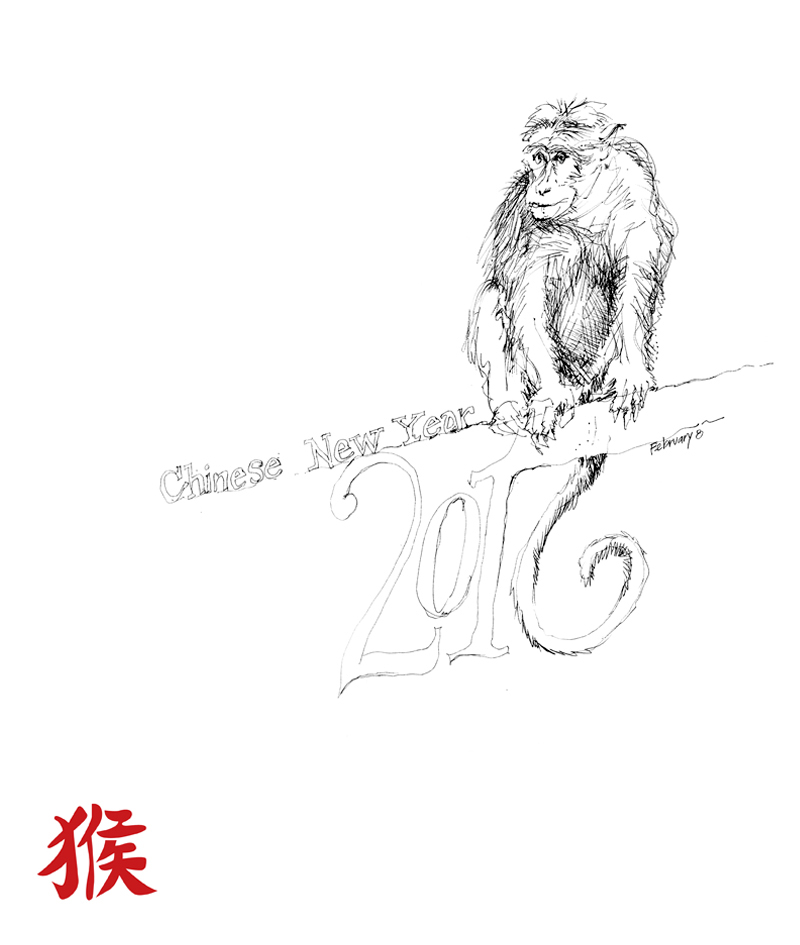 The Chinese New Year typically falls on the second full moon after the winter solstice. This year, that date is February 9 and 2016 is the Year of the Fire Monkey. The monkey is said to be clever while fire brings energy and determination to those with this sign. Among those born in the Year of the Monkey are Julius Caesar, Leonardo da Vinci, Charles Dickens, and Mick Jagger.
The Chinese New Year typically falls on the second full moon after the winter solstice. This year, that date is February 9 and 2016 is the Year of the Fire Monkey. The monkey is said to be clever while fire brings energy and determination to those with this sign. Among those born in the Year of the Monkey are Julius Caesar, Leonardo da Vinci, Charles Dickens, and Mick Jagger.
Street Views of Taipei and Old Dhaka
After my visit to Dhaka, I headed to Taipei for another series of workshops with students of the National Taipei University of Technology (NTUT). In Taipei as in other cities there is a hierarchy of right-of-ways, from the relatively narrow “lanes” connecting wider “streets,” which, in turn, lead to broader “roads” that we might call avenues or boulevards. The day after I arrived and before the workshops started, I drew the view above of Lane 108 near my hotel.
This view, also down a lane, drew my attention because of the way it layered the old and the new, with Taipei 101—the world’s tallest building from 2004 until 2009, when the Burj Khalifa was erected in Dubai—rising in the background.
It’s interesting to compare the street views of Taipei with two I drew in Dhaka. In contrast to the relative orderliness of Taipei, we have the “informality” of Dhaka. But as one Bangladeshi told me: “Within the informal, there is the formal.” Shakhari Bazar is typical of the narrow lanes in Old Dhaka, lined with vendors and shops and flooded with pedestrians and rickshaws streaming through in both directions. Thanks to Professor Abu Shajahan and Sumaiyah Mamun for showing me around this historic district.
I drew this view to record a recurring sight along the streets of Dhaka, the large bundles of cables and wiring that carry electricity and communications to buildings.
Section 22-6 of the City Code of St. Augustine
I was unaware that I might have been breaking the law when I did this sketch of the Plaza de Constitucion in 2014. Urban sketcher Thomas Thorspecken of Orlando, Florida, recently blogged about traveling to St. Augustine to witness a demonstration being staged to protest a local ordinance passed in 2009 banning “acting, juggling, singing, playing musical instruments, pantomime, mime, magic, dancing, artistry or the creation of visual art and wares, which includes drawings or paintings applied to paper, cardboard, canvas, cloth or to other similar medium when such art is applied to the medium through the use of brush, pastel, crayon, pencil, spray or other similar object, and the creation, display and/or sale of crafts made by hand or otherwise.”
While the intent of this ordinance was probably to control and regulate street performers and vendors in the tourist center of St. Augustine, it seems to catch in its broad net those who, like urban sketchers, simply desire to draw or paint on location in certain public spaces in the city.
A case to overturn this ordinance is currently pending in federal court.
Season’s Greetings
Dick’s Drive-In
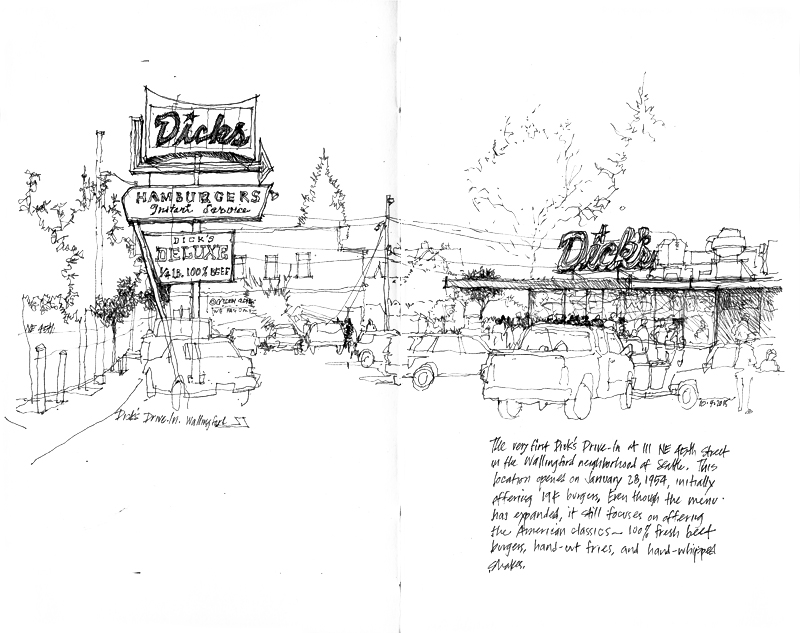 In 1953—the year Frank Sinatra signed with Capitol Records, Dwight D. Eisenhower was elected U.S. President, and Elvis Presley made his first recordings—Dick Spady, Warren Ghormley, and Tom Thomas had an idea for a place where one could park easily and enjoy quality food at low prices with instant service. Despite bank executives not believing in this business model, the first Dick’s Drive-In opened on January 28th, 1954, at 111 NE 45th Street in the Wallingford neighborhood of Seattle. Initially offering 19-cent burgers, Dick’s menu has expanded but still focuses on the American classics—100% fresh beef burgers, hand-cut fries, and hand-whipped shakes.
In 1953—the year Frank Sinatra signed with Capitol Records, Dwight D. Eisenhower was elected U.S. President, and Elvis Presley made his first recordings—Dick Spady, Warren Ghormley, and Tom Thomas had an idea for a place where one could park easily and enjoy quality food at low prices with instant service. Despite bank executives not believing in this business model, the first Dick’s Drive-In opened on January 28th, 1954, at 111 NE 45th Street in the Wallingford neighborhood of Seattle. Initially offering 19-cent burgers, Dick’s menu has expanded but still focuses on the American classics—100% fresh beef burgers, hand-cut fries, and hand-whipped shakes.
With just six locations, Dick’s remains a Seattle institution, not only due to its burgers, fries, and shakes, but also because it offers fair wages, provides employer-paid health insurance coverage to all of its employees, grants employee education scholarships, and gives generously to local charities that serve the homeless.
UW Shell House
Although this structure was intended to serve as a hangar for military seaplanes, it wasn’t completed until 1918—too late to be of use to the navy. So in 1919, it became the shell house for the rowing crews of the University of Washington. If you read The Boys in the Boat by Daniel James Brown, you would know the story of how the rowing crew from the University of Washington—sons of loggers, farmers, and fishermen—defeated elite European teams and won the gold medal in eight-oar crew at the 1936 Olympic Games in Berlin. The shell house was designated a Seattle Landmark in 1974 and listed on the National Register of Historic Places in 1975.
In sketching, we have good days and bad days. This day was not a good day for me. This spread shows my first attempt at trying to capture the scale and proportions of the shell house. Rather than continuing on and making adjustments, as I usually do, I simply turned the page to begin anew.
The Varied Faces of Singapore
One final post on Singapore. Walking around the city during the Urban Sketching Symposium, I drew a few scenes that illustrate diverse aspects of this metropolis, with evidence of its Colonial past, ethnic neighborhoods, and modern skyscrapers co-existing in a modern Asian city-state. In the last sketch, the circle with SG above the number 50 refers to this year being the 50th anniversary of Singapore’s separation from Malaysia and formation as an independent republic on August 9, 1965.
Masjid Sultan
The first day in Singapore, I wandered over to the Kampong Glam neighborhood of Singapore to sketch the Masjid Sultan (Sultan Mosque). Constructed in 1824 as a one-story structure for Sultan Hussein Shah, the first sultan of Singapore, the mosque was remodeled and enlarged in 1932 to its present form. Relative to the surrounding street grid, the mosque was skewed, perhaps to orient the mihrab to Mecca. It was important for me to capture this subtle shift as I drew this view looking down the pedestrian way of Bussorah Street.
A few days later, I again visited the area hoping to draw one of the side streets. Instead, I chose to enjoy a refreshing iced coffee at an outdoor cafe with a view both of the Masjid Sultan as well as some the shops along Baghdad Street.
Two Chinese Temples
The day before the Urban Sketching Symposium started in Singapore, I wandered along Waterloo Street, the site of my workshop. I came upon this Chinese temple, seemingly grafted onto a three-story office building.
In contrast to the Waterloo Street temple is the Thian Hock Keng Temple in the Chinatown district, which is one of the oldest Hokkien temples in Singapore. The more traditional layout was completed in 1842 to accommodate Chinese immigrants giving thanks for a safe voyage. Because of the heavy street traffic, I decided to focus on the composition of tiled roofs and animated ridge and hip lines, leaving the rest to the imagination.

